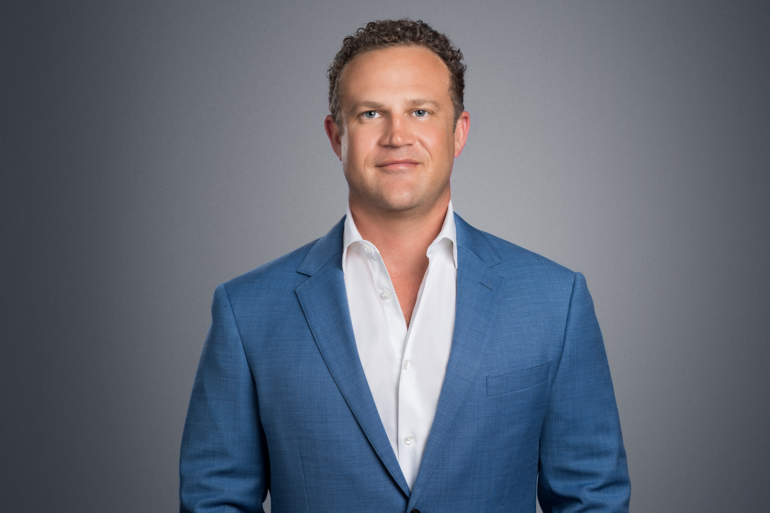News & Insights
Legal Alert

Development and Construction Trends in California’s Multifamily Housing Market
Article
7.21.22
Ari Shaeps, a partner in the Century City office of Allen Matkins, recently moderated a panel at the California Multifamily Forum to discuss current trends in California’s commercial real estate and multifamily development. Challenges and opportunities multifamily developers are facing include cost escalation, labor shortages, inflation, technology, tenant expectations, and capital investment. The panel featured James Armistead, Vice President of Development at Fairfield Residential; Adrian Berger, Managing Director of Acquisitions at Cypress Equities; Jennifer Halvas, Managing Director of Investor Relations at Cityview; and Richard Hannum, Founding Partner at Forge Development. Here are key takeaways from the discussion:
1. Rent Growth Has Been Positive, but It’s Likely Unsustainable
Multifamily construction has gone up 22% over a 6-month period. Rent growth has been positive in Los Angeles and San Diego. However, the panelists agreed that this rent growth would stop when tenants are priced out of the market. For this reason, many of the panelists are limiting their focus areas and avoiding markets where rent is already high. This doesn’t mean developers are completely avoiding urban areas. Remote work during the pandemic made it possible for employees to work from anywhere, but the return to the office continues. Even if companies adopt a hybrid model with a few days of in-office work per week, employees will likely choose the convenience of living closer to work over a long commute a few days a week.
2. Developers Must Adjust to Capital Recalibration
Development deals are changing, but there’s still development money available. Convincing capital investors to invest in properties may be more challenging now than it has been in recent years. Fewer players are entering the market, and deals are attracting fewer bidders. In some cases, investors are reluctant to invest in buildings that incorporate new technologies if they can’t physically see the building. Labor shortages and construction costs continue to affect timelines and how quickly investors will see a return on their investment. Those who have to wait longer may seek other opportunities.
3. Tenants Want Sustainability
Tenants value sustainability and accessibility. Tenants want to know how their buildings align with environmental social governance policies and practices and what they get as a resident in the building. The panel noted a shift in the way residents use the amenities. In the past, they preferred to purchase their own telecom services. Now, many prefer to have it available for them. It’s also no longer enough to provide outdoor space where they can socialize and exercise. They want private areas where they can gather in smaller groups. These shifts are increasing demand for services, like exercise classes on the property, which puts additional demands on the developer to incorporate these features into the property design.
4. Demand for Affordable and Workforce Housing Remains Strong
The panelists agreed that opportunities exist in affordable and workforce housing, with one member noting that they cannot build their way out of the demand for these properties. Employees need housing that fits their budgets and gives them access to transportation so they can get to work. However, multifamily developers face increasing competition from industrial properties, especially in urban areas where industrial land costs exceed those of residential multifamily. This is one reason they’re shifting attention to interior markets with robust transportation systems and strong fundamentals to support these properties.
5. Technology is Affecting the Multifamily Space, but Not the Way Many Expected
The smart home concept has made its way to the multifamily market, but the improvements still are not driving meaningful short-term effects. Tenants are able to control their units from a smartphone, but technology’s greatest effect may be the way developers are using it to lower the upfront cost per unit while reducing operating costs. For example, one panelist decided to run an entire high-rise building on a single meter. This significantly reduced the energy load and cost per unit without affecting the experience of the tenant.
6. Multifamily Still Offers Plenty of Opportunities for Developers
Despite the challenges of high construction costs, labor shortages, and reduced capital investment, the multifamily market still presents opportunities for developers who find ways to control costs and meet tenants’ expectations. They’re also seeking creative solutions to these problems. Affordability by design may soon be trending, offering developers a way to continue building without relying as much on outside support or government subsidies.
Author
Partner
RELATED INDUSTRIES
Allen Matkins Leck Gamble Mallory & Natsis LLP. All Rights Reserved.
This publication is made available by Allen Matkins Leck Gamble Mallory & Natsis LLP for educational purposes only to convey general information and a general understanding of the law, not to provide specific legal advice. By using this website you acknowledge there is no attorney client relationship between you and Allen Matkins Leck Gamble Mallory & Natsis LLP. This publication should not be used as a substitute for competent legal advice from a licensed professional attorney applied to your circumstances. Attorney advertising. Prior results do not guarantee a similar outcome. Full Disclaimer


